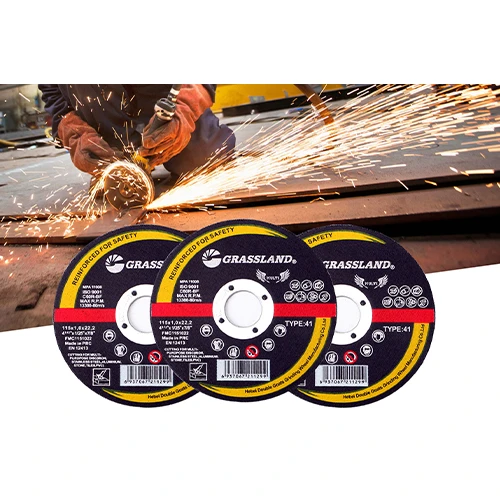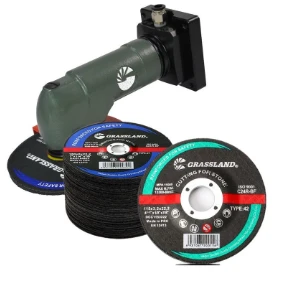

Proper technique is essential, however. For optimal performance, the flap disc should be angled between 15 to 35 degrees to the work surface. This position provides the best contact and prevents premature wearing of the disc. Moreover, maintaining a steady, even pressure is key; excessive force does not equate to faster work as it might cause heat build-up, leading to discoloration or warping of the steel. Flap discs for steel are not just about the physical attributes of the tool; they embody a philosophy of improved work quality, safety, and efficiency. Industry experts and authoritative sources consistently highlight the advantages of these tools in achieving cleaner, more precise finishes with reduced operator fatigue. This reputation is backed by real-world experience; professionals across automotive, aerospace, and manufacturing industries trust flap discs for their reliability and performance. Trustworthiness in flap disc usage also extends to the manufacturers. Opt for trusted brands with a reputation for quality control and customer support. A reliable manufacturer invests in constant product testing and improvement, providing users with discs that meet the exacting demands of steelwork. Additionally, brands offering safety certifications or standards compliance contribute positively to their trustworthiness. In conclusion, flap discs represent an integration of technology and craftsmanship in metalworking. Their design and function are tailored to meet the rigorous demands of working with steel, merging expertise with practical application. Selecting the right grit size, material composition, and backing plate, combined with proper technique, transforms a simple abrasive tool into a linchpin for achieving superior results in any steel working task. With decades of professional insight and continuous innovation, flap discs continue to set the standard for quality and efficiency in metalworking.
Post time:Feb - 15 - 2025

















